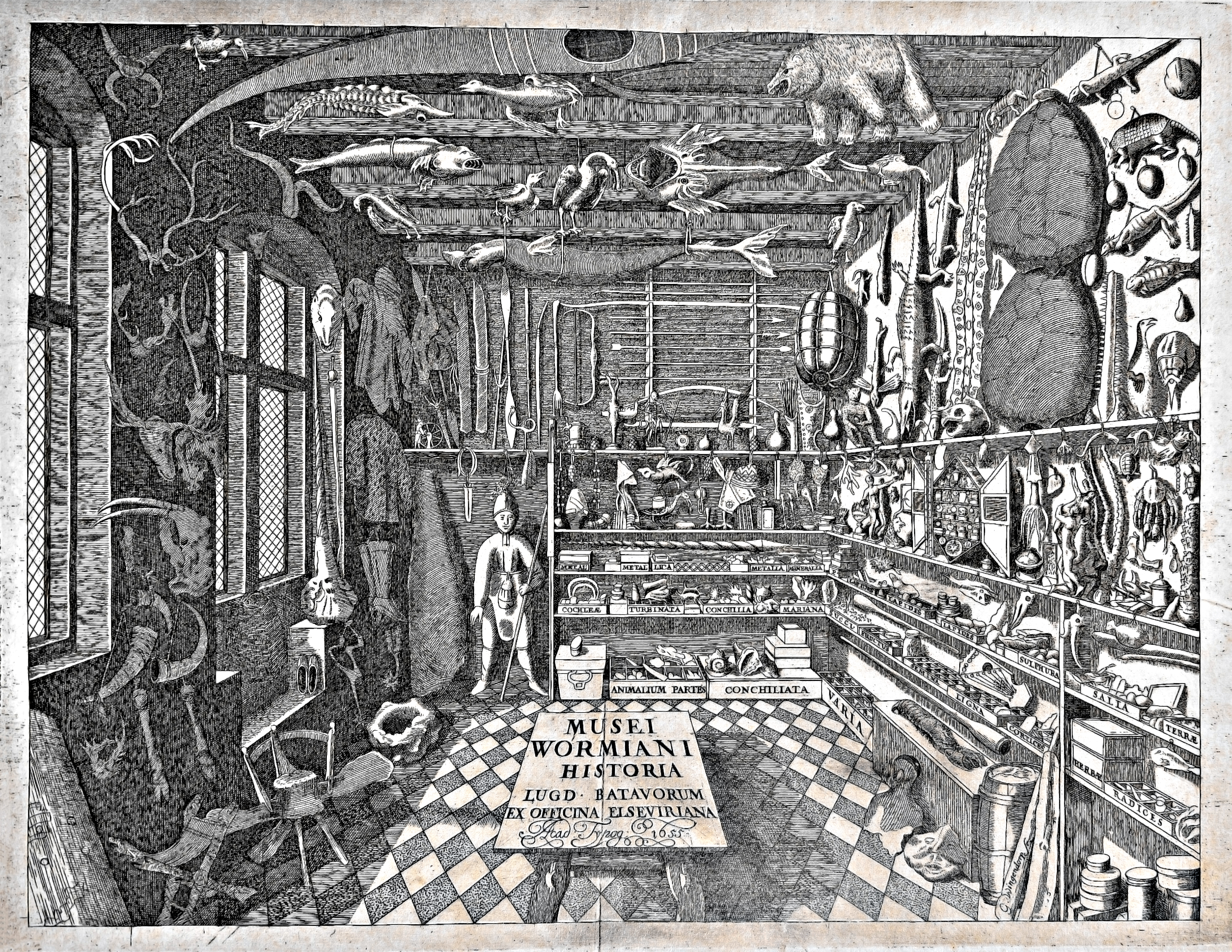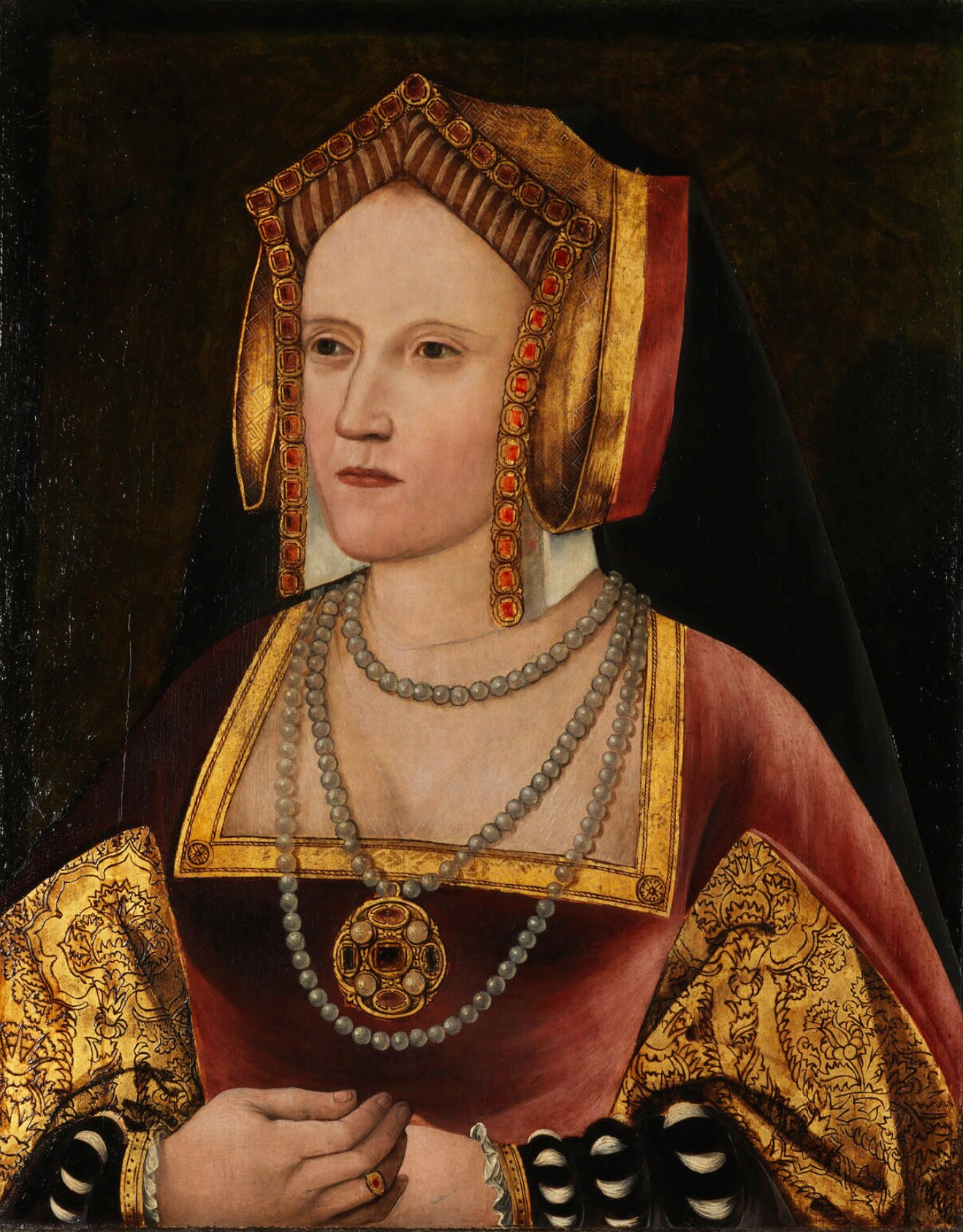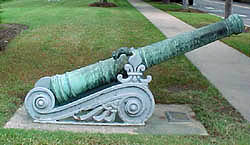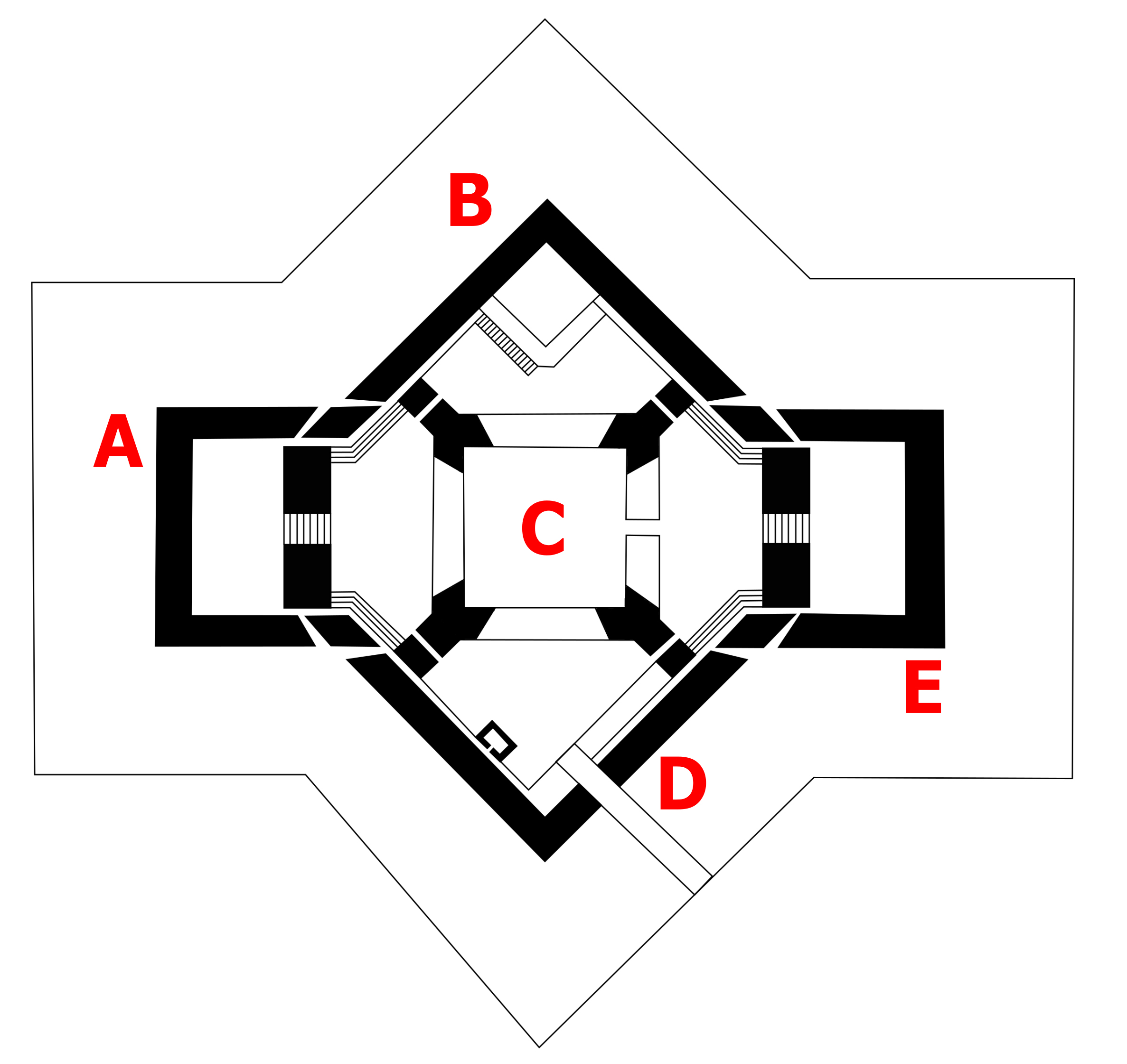|
Harry's Walls
Harry's Walls are the remains of an unfinished artillery fort, started in 1551 by the government of Edward VI of England, Edward VI to defend the island of St Mary's, Isles of Scilly, St Mary's in the Isles of Scilly. Constructed to defend the harbour of Hugh Town from possible French attack, the fortification incorporated star fort, Italianate-style bastions with protective orillons and would have been the most advanced design in the kingdom at the time. It was not completed, probably due to a shortage of funds and the passing of the invasion threat, and only the south-west side remains. In the 21st century, Harry's Walls are managed by English Heritage and open to visitors. History In the 16th century, the Isles of Scilly were ruled by the King of England. They were an important strategic location on the route between mainland Europe, Ireland and Scotland, but threatened by the forces of France and Spain. Under Henry VIII of England, Henry VIII, a sequence of defensive works ... [...More Info...] [...Related Items...] OR: [Wikipedia] [Google] [Baidu] |
St Mary's, Isles Of Scilly
St Mary's ( kw, Ennor, meaning ''The Mainland'') is the largest and most populous island of the Isles of Scilly, an archipelago off the southwest coast of Cornwall in England. Description St Mary's has an area of — 40 percent of the total land area of the Isles of Scilly — this includes four small tidal islands which connect with St Mary's at low tide: Toll's Island, Taylor's Island, Newford Island and the island at Innisidgen. With a population of 1,723 (out of a total population for Scilly of 2,203) St Mary's is relatively densely populated, with twice the average population density of the Isles of Scilly as a whole. The majority of St Mary's residents live in the western half of the island, with Hugh Town alone having a population of 1,097. The main settlement, Hugh Town ''( Cornish: Tre Huw)'', was sold to the inhabitants by the Crown in 1949 (it had belonged to the Duchy of Cornwall — which still owns much of the rest of the island). Other settlements on the isla ... [...More Info...] [...Related Items...] OR: [Wikipedia] [Google] [Baidu] |
Pendennis Castle
Pendennis Castle (Cornish: ''Penn Dinas'', meaning "headland fortification") is an artillery fort constructed by Henry VIII near Falmouth, Cornwall, England between 1540 and 1542. It formed part of the King's Device programme to protect against invasion from France and the Holy Roman Empire, and defended the Carrick Roads waterway at the mouth of the River Fal. The original, circular keep and gun platform was expanded at the end of the century to cope with the increasing Spanish threat, with a ring of extensive stone ramparts and bastions built around the older castle. Pendennis saw service during the English Civil War, when it was held by the Royalists, and was only taken by Parliament after a long siege in 1646. It survived the interregnum and Charles II renovated the fortress after his restoration to the throne in 1660. Ongoing concerns about a possible French invasion resulted in Pendennis's defences being modernised and upgraded in the 1730s and again during the 17 ... [...More Info...] [...Related Items...] OR: [Wikipedia] [Google] [Baidu] |
Curtain Wall (fortification)
A curtain wall is a defensive wall between two fortified towers or bastions of a castle, fortress, or town. Ancient fortifications Evidence for curtain walls or a series of walls surrounding a town or fortress can be found in the historical sources from Assyria and Egypt. Some notable examples are ancient Tel Lachish in Israel and Buhen in Egypt. Curtain walls were built across Europe during the Roman Empire; the early 5th century Theodosian Walls of Constantinople influenced the builders of medieval castles many centuries later. Curtain wall castles In medieval castles, the area surrounded by a curtain wall, with or without towers, is known as the bailey. The outermost walls with their integrated bastions and wall towers together make up the enceinte or main defensive line enclosing the site. In medieval designs of castle and town, the curtain walls were often built to a considerable height and were fronted by a ditch or moat to make assault difficult. Walls were t ... [...More Info...] [...Related Items...] OR: [Wikipedia] [Google] [Baidu] |
Wall Detail, Harry's Walls, St
A wall is a structure and a surface that defines an area; carries a load; provides security, shelter, or soundproofing; or, is decorative. There are many kinds of walls, including: * Walls in buildings that form a fundamental part of the superstructure or separate interior rooms, sometimes for fire safety *Glass walls (a wall in which the primary structure is made of glass; does not include openings within walls that have glass coverings: these are windows) * Border barriers between countries * Brick walls * Defensive walls in fortifications * Permanent, solid fences * Retaining walls, which hold back dirt, stone, water, or noise sound * Stone walls * Walls that protect from oceans ( seawalls) or rivers (levees) Etymology The term ''wall'' comes from Latin ''vallum'' meaning "...an earthen wall or rampart set with palisades, a row or line of stakes, a wall, a rampart, fortification..." while the Latin word ''murus'' means a defensive stone wall. English uses the sa ... [...More Info...] [...Related Items...] OR: [Wikipedia] [Google] [Baidu] |
William Borlase
William Borlase (2 February 169631 August 1772), Cornish antiquary, geologist and naturalist. From 1722, he was Rector of Ludgvan, Cornwall, where he died. He is remembered for his works ''The Antiquities of Cornwall'' (1754; 2nd ed., 1769) and ''The Natural History of Cornwall'' (1758), although his plans for a parish-by-parish county history were abandoned. Life and works Borlase was born on 2 February 1695/6Prior to 1752, the calendar generally in use in Britain was the Julian ("Old Style") calendar, in which the New Year began on 25 March. In contemporary records, Borlase would therefore have been regarded as having been born towards the end of the year 1695, but in modern historical writing the date is usually adjusted to the New Style year of 1696, or for clarity given in dual form as 1695/6. at Pendeen, of an ancient family originating at St Wenn. He was educated at Exeter College, Oxford, from 1713, and in 1719 he was ordained. In 1722 he was presented to the ... [...More Info...] [...Related Items...] OR: [Wikipedia] [Google] [Baidu] |
Antiquary
An antiquarian or antiquary () is an aficionado or student of antiquities or things of the past. More specifically, the term is used for those who study history with particular attention to ancient artifacts, archaeological and historic sites, or historic archives and manuscripts. The essence of antiquarianism is a focus on the empirical evidence of the past, and is perhaps best encapsulated in the motto adopted by the 18th-century antiquary Sir Richard Colt Hoare, "We speak from facts, not theory." The ''Oxford English Dictionary'' first cites " archaeologist" from 1824; this soon took over as the usual term for one major branch of antiquarian activity. "Archaeology", from 1607 onwards, initially meant what is now seen as "ancient history" generally, with the narrower modern sense first seen in 1837. Today the term "antiquarian" is often used in a pejorative sense, to refer to an excessively narrow focus on factual historical trivia, to the exclusion of a sense of histori ... [...More Info...] [...Related Items...] OR: [Wikipedia] [Google] [Baidu] |
Star Castle, Isles Of Scilly
Star Castle is a fortress on St Mary's, Isles of Scilly, built in 1593 by Robert Adams, Surveyor of the Royal Works (d.1595) and Francis Godolphin, Captain of the Scilly Isles, during the "Spanish invasion scare." Description The Star Castle is in the shape of an eight-pointed star and features on the flag of the Council of the Isles of Scilly. It is at the centre of a fortification system around the west side of St Mary’s known as the Garrison. The walls of the castle take the shape of an eight-pointed star. It comprises an outer wall around the outcrop of Hew Hill, protecting the town and the castle, with strategically placed gun batteries at regular intervals around the outer wall, allowing covering fire at all angles. History The Star Castle was built in 1593 by the Surveyor of the Royal Works and mapmaker Robert Adams, under the direction of Francis Godolphin, Captain of the Scilly Isles, following the Spanish Armada of 1588. Fearing another Spanish invasion, in May 15 ... [...More Info...] [...Related Items...] OR: [Wikipedia] [Google] [Baidu] |
Mary I Of England
Mary I (18 February 1516 – 17 November 1558), also known as Mary Tudor, and as "Bloody Mary" by her Protestant opponents, was Queen of England and Ireland from July 1553 and Queen of Spain from January 1556 until her death in 1558. She is best known for her vigorous attempt to reverse the English Reformation, which had begun during the reign of her father, Henry VIII. Her attempt to restore to the Church the property confiscated in the previous two reigns was largely thwarted by Parliament, but during her five-year reign, Mary had over 280 religious dissenters burned at the stake in the Marian persecutions. Mary was the only child of Henry VIII by his first wife, Catherine of Aragon, to survive to adulthood. Her younger half-brother, Edward VI, succeeded their father in 1547 at the age of nine. When Edward became terminally ill in 1553, he attempted to remove Mary from the line of succession because he supposed, correctly, that she would reverse the Protestant ref ... [...More Info...] [...Related Items...] OR: [Wikipedia] [Google] [Baidu] |
Saker (cannon)
The saker was a medium cannon, slightly smaller than a culverin, developed during the early 16th century and often used by the English. It was named after the saker falcon, a large falconry bird native to the Middle East. A saker's barrel was approximately 9.5 ft (2.9 m) long, had a calibre of 3.25 inches (8.26 cm), and weighed approximately 1,900 lb (860 kg). It could fire round shot weighing 5.25 lb (2.4 kg) approximately 2,400 yards (2.3 km) using 4 lb (1.8 kg) of black powder. The shot was intended to bounce along the ground to cause as much damage as possible, the explosive shell being rare before the 19th century. Tests performed in France during the 1950s show that a saker's range was over 3,000 yards (2.7 km) when fired at a 45-degree angle. Henry VIII amassed a large arsenal of sakers in the early 16th century as he expanded the Royal Navy and came into conflict with France. Henry's foundries used so much ... [...More Info...] [...Related Items...] OR: [Wikipedia] [Google] [Baidu] |
Yarmouth Castle
Yarmouth Castle is an artillery fort built by Henry VIII in 1547 to protect Yarmouth Harbour on the Isle of Wight from the threat of French attack. Just under across, the square castle was initially equipped with 15 artillery guns and a garrison of 20 men. It featured an Italianate "arrow-head" bastion on its landward side; this was very different in style from the earlier circular bastions used in the Device Forts built by Henry and was the first of its kind to be constructed in England. During the 16th and 17th centuries the castle continued to be maintained and modified; the seaward half of the castle was turned into a solid gun platform and additional accommodation was built for the fort's gunners. A bulwark was built on the east side of the castle and an additional gun battery was placed on the town's quay, just to the west. For most of the English Civil War of the 1640s it was held by Parliament; following the Restoration, it was refortified by Charles II in the 167 ... [...More Info...] [...Related Items...] OR: [Wikipedia] [Google] [Baidu] |
Southsea Castle
Southsea Castle, historically also known as Chaderton Castle, South Castle and Portsea Castle, is an artillery fort originally constructed by Henry VIII on Portsea Island, Hampshire, in 1544. It formed part of the King's Device programme to protect against invasion from France and the Holy Roman Empire, and defended the Solent and the eastern approach to Portsmouth. The castle had a square central keep, two rectangular gun platforms to the east and west, and two angled bastions to the front and rear, and was an early English example of the ''trace italienne''-style of fortification popular on the Continent. The Cowdray engraving of the Battle of the Solent in 1545 depicted Henry VIII visiting the castle. Despite several serious fires, it remained in service and saw brief action at the start of the English Civil War in 1642 when it was stormed by Parliamentary forces. The castle was expanded in the 1680s by Sir Bernard de Gomme and, after a period of neglect in the 18th c ... [...More Info...] [...Related Items...] OR: [Wikipedia] [Google] [Baidu] |
Star Fort
A bastion fort or ''trace italienne'' (a phrase derived from non-standard French, literally meaning ''Italian outline'') is a fortification in a style that evolved during the early modern period of gunpowder when the cannon came to dominate the battlefield. It was first seen in the mid-fifteenth century in Italy. Some types, especially when combined with ravelins and other outworks, resembled the related star fort of the same era. The design of the fort is normally a polygon with bastions at the corners of the walls. These outcroppings eliminated protected blind spots, called "dead zones", and allowed fire along the curtain from positions protected from direct fire. Many bastion forts also feature cavaliers, which are raised secondary structures based entirely inside the primary structure. Origins Their predecessors, medieval fortresses, were usually placed on high hills. From there, arrows were shot at the enemies. The enemies' hope was to either ram the gate or c ... [...More Info...] [...Related Items...] OR: [Wikipedia] [Google] [Baidu] |










